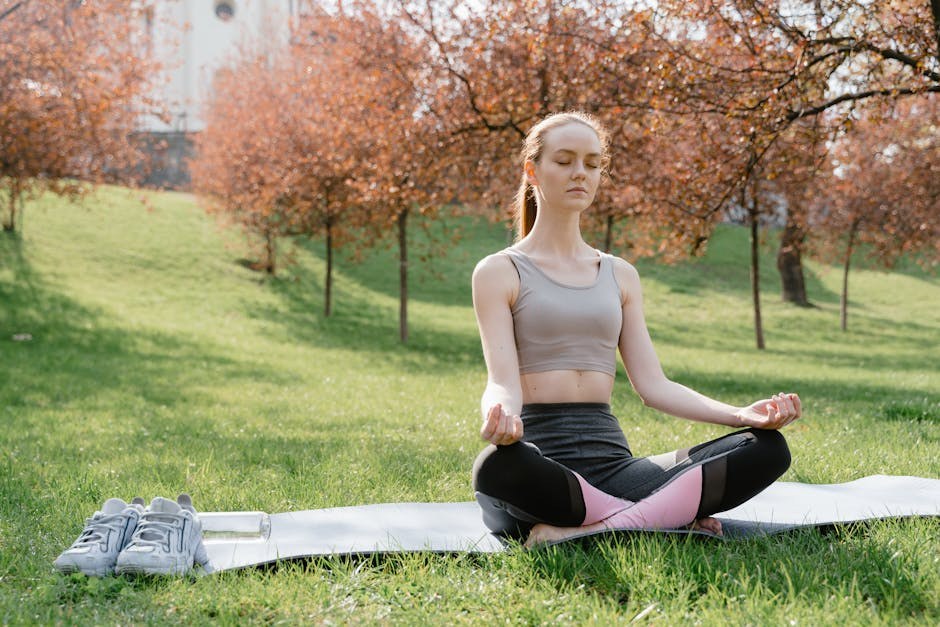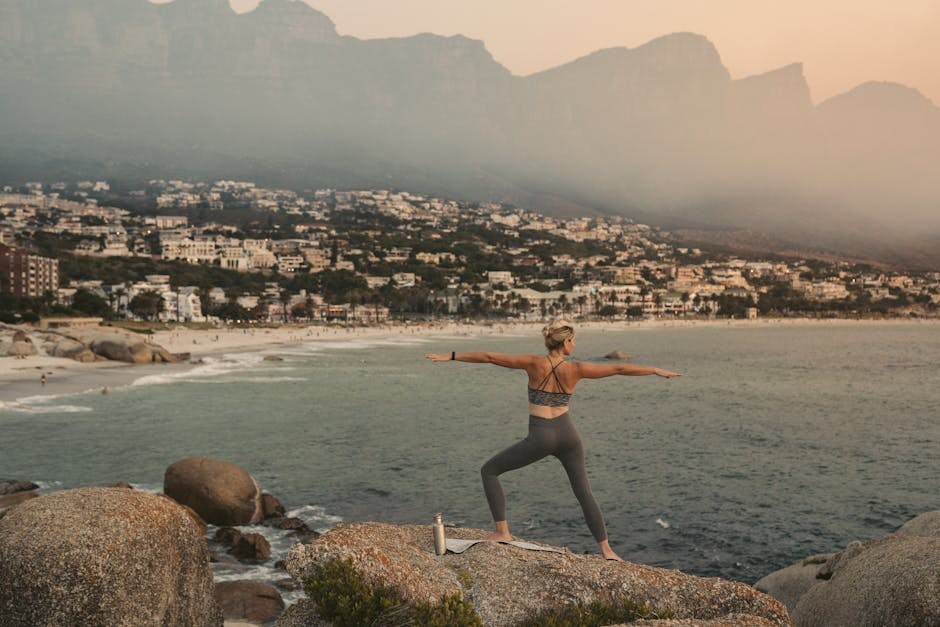Life rarely hands us a challenge that interrupts every habit at once. Yet here we are – routines paused, plans postponed, and the familiar replaced by uncertainty. Naming that truth matters. We do not have to pretend that what’s happening is easy or uplifting to ask a gentler question: when two people face the same storm side by side, can the shared effort help them feel closer? The answer is not automatic, but it is possible. With care, respect, and steady attention, the way you move through a pandemic can reshape how you understand each other, and how you carry love through ordinary days afterward.
There is no need to put a shiny gloss on hardship. The point is simpler – adversity highlights our patterns. It spotlights how we talk, what we avoid, and whether we turn toward or away from one another. If you choose to meet this period with compassion and structure, you may discover strengths that were quieter before. And if tensions surge, that does not mean love is failing; it often means your nervous systems are doing their best with an abnormal load. The goal is to build habits that lower the heat, protect care, and keep connection alive while the world feels wobbly.
Before anything else, notice your starting point. Some couples are under one roof all day, learning each other’s work rhythms and quirks in real time. Others are apart, relying on calls and messages because movement is limited by the moment we’re in. Both realities are valid. Both call for creativity. And both can deepen closeness – not because the situation is positive, but because the two of you can choose to make it meaningful.

Two realities, one intention
Perhaps you are isolating together – navigating a kitchen that suddenly doubles as an office, a gym, and a café. Or perhaps you are separated by restrictions, holding onto the ritual of evening calls and the hopeful image of the first hug when you meet again. Distance created by the pandemic’s guidelines can amplify longing; proximity can amplify friction. The shared intention, in either case, is to center kindness and create structure so love has room to breathe.
Imagine that first walk you will share when circumstances ease. Anticipation can be a quiet source of fuel. Treat it as a promise you’re making to each other now – to show up, to keep learning, and to carry forward what you practice in this stretch of time.
Why hardship sometimes tightens the bond
Stress compresses daily life. A pandemic turns ordinary moments – who cooks, when to work, what to do with worry – into decisions that reveal values. Couples who grow through this do not avoid hard feelings; they name them and co-design responses. The outcome isn’t perfection, but a sense of being on the same team. In that shared stance, gratitude grows for simple acts: someone making tea unasked, someone closing a door so the other can rest, someone whispering “we’re good” when news is loud.

Of course, closeness is not guaranteed. Confinement can magnify every mismatch in pace or preference. That’s why strategies matter. They reduce the chance of tiny tensions becoming sweeping stories, and they give both of you tools to steady the day when it starts to tilt.
Practical ways to feel closer while life is upside down
Protect pockets of solitude. Space is not rejection; it is oxygen. In a pandemic, you might not roam far, but you can still step into separate corners at predictable times. Take a short walk alone if regulations allow. Read on the balcony while your partner listens to a podcast in the bedroom. Decide together when quiet time happens, then honor it like an appointment.
Build gentle routines and boundaries. Create a light daily scaffold – morning check-in, work blocks, shared meals, wind-down. A loose plan reduces negotiation fatigue. Clarify needs: “When my headphones are on, I’m focusing; when the mug is beside the screen, I can chat.” Put chores on a rotation so resentment doesn’t silently accumulate.

Limit doomscrolling and curate your inputs. Headlines will find you. Decide on small windows to catch up, then step away. During a pandemic, it’s easy for a constant drip of alarming updates to spill into every conversation. Balance the feed with music, a book, or a show you both enjoy. Invite levity without guilt – joy is a renewable resource, not a denial of reality.
Talk about feelings in clear, kind language. Anxiety often shows up as irritability. Translate the snap into a sentence: “I’m scared and tense today.” Name what would help: “Could we sit quietly for a few minutes?” Use “I” statements. Listen to understand rather than to fix. The goal is not a perfect solution; it’s being heard while the pandemic adds pressure.
Widen the support net. One person cannot carry an entire emotional world. Encourage each other to check in with friends and family. When both partners feel supported beyond the relationship, you return to each other with more patience and less weight.
Make contact count when you’re apart. If distance is unavoidable, treat calls like dates. Dress up for a video dinner. Watch a movie together and chat throughout. Play a game online. Share a playlist that scores your week. Exchange voice notes in the morning and at night. Plan future “firsts” for the day restrictions ease – a café you’ll visit, a route you’ll walk – so the pandemic doesn’t claim imagination as well as movement.
Read your partner’s weather. Mood can swing day to day when life is disrupted. Instead of interrogating a dip, offer options: “Do you want advice, a distraction, or just a hug?” During a pandemic the answer may change hour by hour. Flex with it. Agree on a phrase that signals “I need a softer tone” so you can adjust without drama.
Fight fair and repair fast. Conflict will visit. Set rules in calm moments: no name-calling, no bringing up old battles, take breaks when flooded. If voices rise, pause. Return with a repair attempt – a half smile, a hand on a shoulder, a straightforward “I got too loud.” The quick pivot keeps heat from hardening into a narrative.
Share a doable project. Cook your way through a family recipe list, organize photos, grow herbs on the windowsill, or rearrange a room. A project reframes time from “waiting” to “creating.” It also puts you on the same side of a problem – exactly the stance you want to reinforce in a pandemic.
Celebrate small wins. Mark tiny milestones: an uncluttered shelf, a good nap, a finished task. Light a candle at dinner to signal “we made it through today.” Recognition turns the ordinary into a thread of meaning you can follow through the week.
Keep play alive. Laughter dilates the nervous system. Make up absurd challenges, dance in the kitchen, share inside jokes. Play reminds you that you are more than problem-solvers – you are companions who delight in one another’s presence.
Practice micro-affection. Offer brief, frequent bids for connection: a squeeze on the shoulder, a one-line appreciation, eye contact that lingers for three breaths. If you’re apart, translate touch into words and gestures – a postcard, a surprise snack delivery, a photo from a walk.
When you share the same space
Living together in close quarters can blur every boundary. The kitchen becomes an office, the hallway a gym, the sofa a meeting room. In a pandemic, a studio flat can feel both crowded and lonely. Draw a rough map of zones – a focus nook, a stretch spot, a chat corner – then rotate so neither partner “owns” the best chair every day. Decide on quiet hours. If one person is a morning lark and the other a night owl, trade off who protects silence at which end of the day.
Household friction often comes from mismatched standards. One of you may relax only when everything is tidy; the other relaxes before tidying happens. Instead of arguing values, negotiate behaviors: “Dishes go straight into the dishwasher,” “Laundry baskets live in the closet,” “The desk gets cleared by bedtime.” Concrete agreements reduce invisible labor and make appreciation easier to give.
Privacy signals are essential. A closed door can mean “available after half an hour.” Headphones can mean “deep focus.” A sticky note on the table can mean “mid-meeting – text me if urgent.” Over-communicating these signals feels formal at first; soon it becomes a kindness that saves a dozen interruptions.
Remember rest. Sleep changes when stress runs high. Trade mornings so each of you gets an occasional extra hour. Plan a weekly afternoon where one partner naps while the other handles practicalities. Your relationship benefits when both of you are less depleted.
When distance is the rule
For couples navigating separate homes, touch is on hold and longing is vivid. When the pandemic keeps you apart, design rituals that anchor time. A short “good morning” note. A midday meme. A photo of the sky where you are. These tiny signals say “I’m here,” which matters more than perfectly crafted essays that arrive sporadically.
Try “parallel play” – being connected while doing different tasks. Keep a call open while you cook in your kitchen and your partner folds laundry in theirs. Set a timer for silent reading, then talk about a favorite line. Send each other a physical letter; waiting for the envelope adds a delicious analog rhythm to a digital week.
Be mindful of delayed replies. Text lacks tone, and during a pandemic people move through calls, errands, and dips in energy. If a message sits, resist the story that love has cooled. Ask directly: “Are you overwhelmed or should I check in later?” Clarity is warmer than guessing.
When tempers flare – and they will
Even solid couples snap. Confinement reduces buffers, routines change without warning, and bodies carry latent tension. Pandemic confinement adds friction you did not choose. Snappiness is common and fixable when repair is quick. Think of conflict like a sudden summer storm: duck under an awning, wait for the worst to pass, then step back out together.
Call a timeout early. Agree on a phrase that pauses the moment – “time,” “yellow light,” or a hand signal. Step into different rooms. Set a ten-minute timer. This is not avoidance; it is regulation so you can return as teammates.
Soothe your body. Drink water, stretch, breathe slowly. Strong feelings are not only mental; they are physiological surges. When your pulse settles, words follow.
Offer a repair bid. Re-enter gently: “I’m back,” “I’m sorry for my tone,” or “Can we restart?” Keep it small. A tiny bridge invites a tiny yes, and the conversation can continue without the earlier edge fueled by pandemic stress.
Debrief lightly. Later, talk about what tripped the wire. Identify triggers and buffers. Adjust a routine or a signal so next time you catch the swell sooner.
Holding perspective without sugarcoating
There is no requirement to be relentlessly upbeat. Grief, boredom, fear, and frustration are normal. The point is to let feelings move without letting them steer. Choose a few controllable actions each day – step into sunlight for five minutes, share one appreciation, prepare a simple meal together – and let those acts accumulate. They become the texture of resilience. In the middle of a pandemic, consistency beats intensity; small steady gestures do more than grand occasional ones.
Look ahead with gentleness. Jot down the firsts you want to experience when movement is freer again. Keep the list in a drawer or on your phone. When that day comes, follow through – go to the café, take the walk, visit the friend, notice what holds true after the crisis ebbs. You are not promising perfection; you are promising presence. That promise, kept in small ways, is the architecture of trust.
A quiet reassurance
If you find yourselves prickly some afternoons and tender by evening, you are not breaking – you are human. Even in a pandemic, a short flare of irritation does not predict the future of a bond. What matters is the return: the apology that lands, the laugh that loosens the chest, the meal you cook side by side, the message that arrives at just the right hour. Keep conversations balanced, protect space, and let play sneak in. You will come to recognize that closeness is not a grand gesture; it is a string of ordinary choices that say, again and again, “I’m here.”
Whether you are sharing a couch or a screen, you can keep shaping the us that you want. You will learn which habits lighten the load and which ones tighten it, and you will keep the former. If you practice now – during the long middle of a pandemic – you will likely carry those practices into calmer seasons. And when you finally step into that anticipated moment, a door opening, arms wrapping around shoulders, you may feel something deepen as you whisper the truest sentence of this strange time: we got through it together.